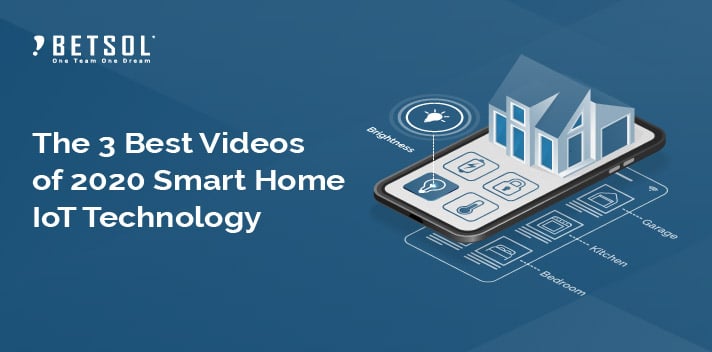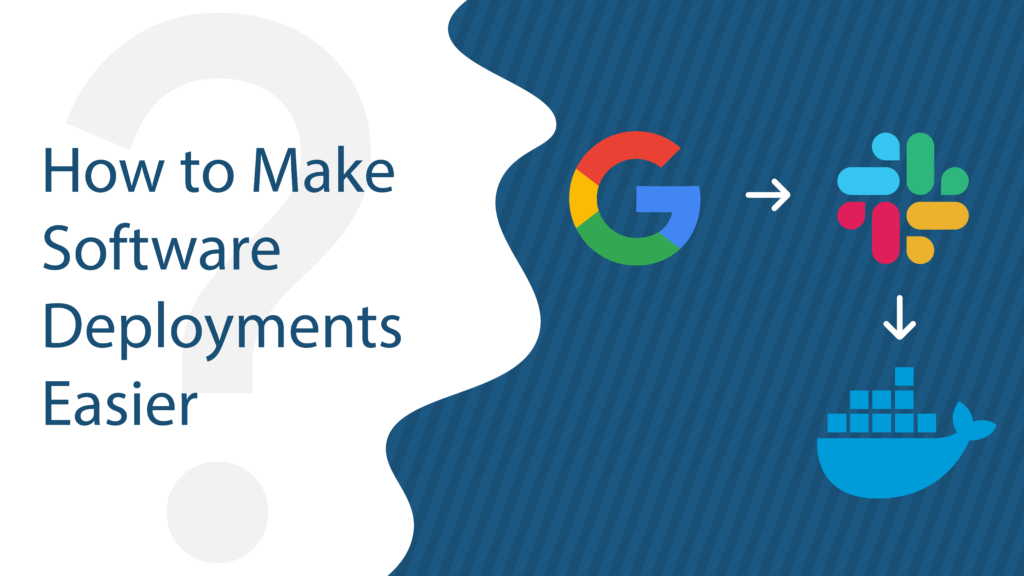In today’s post, you’ll find an interview with a leading software engineer who is actively developing solutions in the enterprise remote connectivity and IoT spaces.
The engineer brings over 6 years of software engineering expertise, with a focus on enterprise security, remote connectivity, and mircorservices.
He specializes in solutions that allow service providers to connect securely out to the data centers of their customers. The efficiency inherent in being able to quickly and easily connect to products is a big deal, but also just the start…
These connectivity solutions also allow for machine processing, automated servicing, proactive calls for help, data centralization, and remote updates and package pushes. With a solution like this in place, troubles are resolved before customers even know there is trouble.
Handling many thousands of varied connections, pushing large amounts of data, facilitating automation, and proactively capturing and resolving, all while juggling enterprise-grade security, is no easy task though. Here are some great insights for you…
The Interview
1. You have been designing remote connectivity solutions for enterprises that connect deep into data centers. How does this differ from IoT solutions out there today?
“In our remote connectivity solution, security is an inherent part of the design and fundamental to the needs to enterprise customers. It is based on an egress model (outbound connections only), which aligns with the network/firewall security measures implemented at the enterprises.
High security standards are met using PKI infrastructure, OWASP compliance, and more.
In the IoT space, security standardization is work in progress. And IoT mainly comprises of connected devices sharing data for decision making by the end systems.”—[Nimesh]
2. What are some of the fundamental advances you and your team have been able to make in the last year or so?
“Over this last year, we have seen strong advances in terms of developing secure and scalable remote access solutions. Here are a couple of highlights:
1. Customer Audits –We provide control, auditing, and policy application for SSH remote connections to the end customer devices. So the customer can audit the SSH connections to their devices. Through policy control on the connection, we eliminated SSH host hoping within the customer network once an engineer has an open connection to an individual box.
Policy applied on connection gives flexibility to customer administrator for controlling what remote technicians are allowed to execute on ssh connection to their devices.
2. Remote Updates and Package Delivery — We are now able to provide functionality to push software packages to thousands of devices at the customer end. This functionality has the flexibility to target packages on specific physical locations, device types, or other break downs, Scheduling the package pushes allows for planned updates, controlled roll-outs, and scalability.” —[Nimesh]
3. How has the trend toward micro-services impacted remote connectivity and IoT?
“The concepts of micro-services are now utilized in our remote connection component. It has allowed end devices to set up connections smartly and in a more scalable manner.
In order to best manage thousands of end-device connections coming back to central points, the connection component on the customer network runs a selection strategy algorithm using microservices. This selection algorithm considers criteria such as time-zone, availability, nearest region, availability, and more.
When traffic increases, connection components can be deployed for horizontal or vertical scaling to support a high load and availability. As it is a standalone component, future upgrades are easy and we can do A/B testing easily.” —[Nimesh]
4. For solutions that require a high volume of connections originating across the globe, how have you been able to scale your solution to meet this demand?
“While designing every component, the team has made sure that it can handle horizontal scalability and availability.
The device on the customer end connects to a secure tunnel connector, where actual connections are bridged for the remote connection on the central servicing end. So this separates the secure tunnel connector component from the central server, which processes and manages data.
The secure tunnel connector can be quickly scaled and easily deployed, allowing us to flex capacity up and down quickly.” —[Nimesh]
5. How do you deal with ever-emerging security threats, especially when dealing with large Fortune-500 companies as clients?
“Every component delivery goes through security scanners and adheres to OWASP and standard security guidelines. For “on the wire” security, PKI infrastructure is used.
For human-based remote connectivity, we use multifactor authentication supporting soft and hard authentication and authorization purpose, all while adhering to AAA (authentication, authorization, and accounting) principles. We also empower the end customer administrator to control access to their devices using various policy configurations.” —[Nimesh]
6. How do companies save money and improve operations with remote connectivity solutions?
“These types of solutions proactively handle resolution and serviceability problems. Any device in the customer network facing any issues can be addressed by automated alarms generated by devices and processed by this connection. Since the solution can also intermittently check with the device, customers can become aware of issues even if there isn’t a cry for help from the device. As they say it “don’t call us we call you” and our solutions say we will find and resolve it, before you know it or face any issues with your devices.” —[Nimesh]
7. What are the top, most cutting-edge technologies in your space right now?
“Netty, Vert.x, JAVA 8, reactive programming, Spring boot, etc.” —[Nimesh]
8. What do you see as the future of remote connectivity and IoT?
“The future for remote connectivity and IoT would be self-healing systems based on machine learning and Artificial Intelligence.
There would be smart systems which would detect, report and resolve the problems without human intervention. And when human intervention needed to resolve a problem, systems will learn using machine learning from the data points provided by humans to address the problem. For example, virtual and augmented reality will be used to remotely guide a user to fix his/her plumbing problem.” —[Nimesh]
9. What are the biggest challenges remote connectivity currently faces?
“Security and standardization are two biggest challenges remote connectivity faces currently.” —[Nimesh]
9. What advice would you give to up and coming software engineers interested in IoT and remote connectivity?
“Study up on machine learning, artificial intelligence, and virtual and augmented reality to develop future smart systems. Imagine there is a group of coordinated IoT bots/swarm which repairs the road pro-actively without any citizen complaining about it. And on the basis of data accumulated over the years they know the least traffic time, so can choose the best time to repair road with least traffic problems.” —[Nimesh]
10. How would you describe your experience in a sentence or two?
“The future is smart systems, and remote connectivity is an important part of it. I am very excited and enthusiastic to be part of developing a great remote connectivity solution.” — [Nimesh]
Conclusion
Have a question about remote connectivity or IoT for us? Drop us a note in the Comments section below!
[embedit snippet=”after-article-getresponse”]



